Vienna en route to Melk
< Start at the beginning of this series: Grand European River Cruise
 After our Panoramic Vienna tour this morning, we went back to the ship for some lunch and a short break. It wasn’t long before it was time to load up and head back into the action.
After our Panoramic Vienna tour this morning, we went back to the ship for some lunch and a short break. It wasn’t long before it was time to load up and head back into the action.
Every time we made our way into Vienna, we were greeted by the fabulous St. Francis of Assisi Church. Also known as the Emperor’s Jubilee Church and the Mexico Church, this Basilica-style Catholic church was built between 1898 and 1910. Every time I tried to get a decent photo, it was dark, the windows were dirty, we hit bumps, the sun was blasting in the bus window or people were in the way. This is one of the better ones, but if you want some fabulous ones of the exterior, the cityscape surrounding it and the interior, click on the link. There is also some history of the church on that website.
Schönbrunn Palace
“During the reign of Maria Theresa, as an imperial summer residence, Schönbrunn Palace became the glittering focus of court life. From this time on, it played host to the leading statesmen of Europe.” – READ MORE
As one of Austria’s most important cultural assets and one of Vienna’s major tourist attractions, millions of visitors flock to see this UNESCO World Cultural Heritage Site each year. “Inclusion in this list confirms the importance of the palace and its gardens as a unique Baroque ensemble.”
The Habsburg dynasty had ownership of the palace since Maximilian II in 1569 till the end of the monarchy in 1918, when it was passed on to the Republic of Austria. In 1992 the Republic of Austria forwarded administration of the palace to a company whose mission was to preserve the entire complex, while staying self-sufficient with no need for state subsidies. They have done a fantastic job since “The palace is magnificent, the furniture befitting of a queen and in the best of taste.”
On one of the hottest days of our trip so far, we had quite a hike to get from our bus to the entrance of Schönbrunn Palace through the expansive courtyard. The brighter yellow exterior color was very pretty and quite a departure from the muted, lighter colors of Vienna. To find out more about how this palace went from a hunting lodge into a grand summer residence, click on the link. You’ll also read about the origins of the famous “Schönbrunn Yellow” paint and see some fantastic photos – both inside and out.
Since the entire courtyard was covered in gravel, I wasn’t as impressed as I’d have been if there was grass and an obscene amount of flowers, but since the front was probably where horse-drawn carriages dropped off and picked up the guests, the backyard was where the beauty was revealed.
The Park at Schönbrunn Palace has provided a beautiful setting for locals and international visitors alike since around 1779. For a fabulous link to view the most beautiful areas, click here.
And what garden would be complete without a few statues – thirty-two of them to be exact – all of equal height on stands, and representing mythological or historical figures. There were a couple of interesting statues that I can’t quite figure out. I’ll let you decide if things look strange to you! Then click on this link to see what’s really going on and you’ll find they aren’t as bizarre as first thought.
After another fantastic meal (and yes, more wine), we called it a night. By midnight, the Skadi was en route to Melk – giving us just enough sleep and just enough distance to reach the Wachau Valley around 8:30am. We spent the next morning on the bridge with our Program Director Stein. He shared points of interest as we sailed through one of the most scenic stretches of the Danube. We were in for terraced vineyards, forested slopes, charming towns and castle ruins – and a couple of monasteries.
Yes, the vineyards are abundant in this part of Austria. Not only are they beautiful, they produce some of the best grapes for some of the best wine in the world!
“The Wachau is a UNESCO world heritage site and a region of great natural beauty, situated in the Danube River valley between the towns of Melk and Krems. Grape varieties Grüner Veltliner and Riesling predominate here on 1,344 hectares [over 3,300 acres], partly planted in terraces arrayed on steeply inclined hillsides terraces. Top vineyard sites here produce some of the best white wines in the world, with decades of aging potential.” – READ MORE
For this part of the tour, I’ll just shut up and show you a couple of my favorite photos and then a link to a slideshow showcasing the rest of the voyage between Vienna and Melk, Austria.
Now, click on this link for a slideshow that lasts about as long as one of my favorite songs from the past. Enjoy!
Next up: The Melk Abbey
Happy trails,
Barb



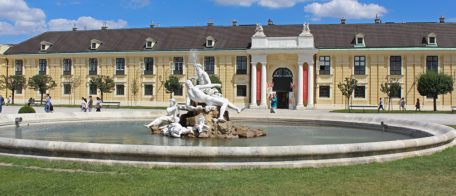
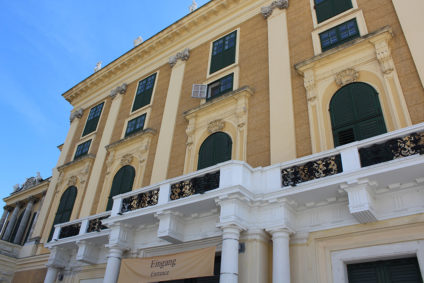
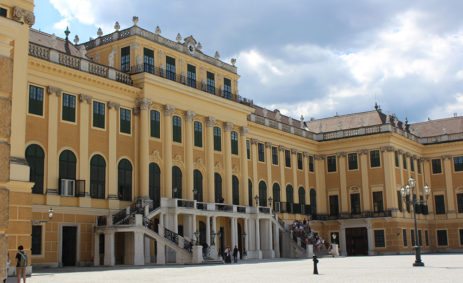
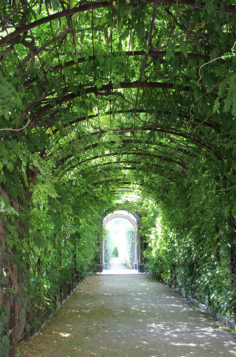





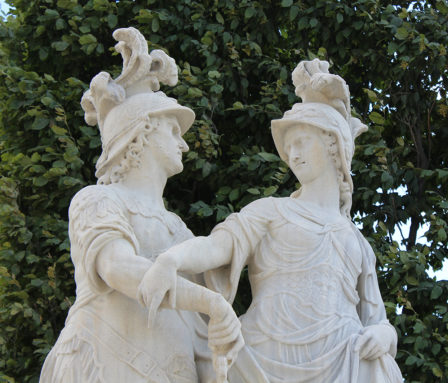
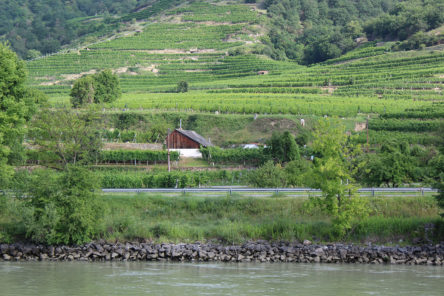
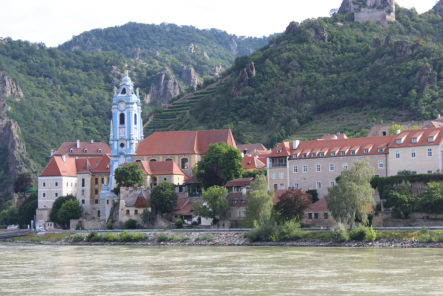
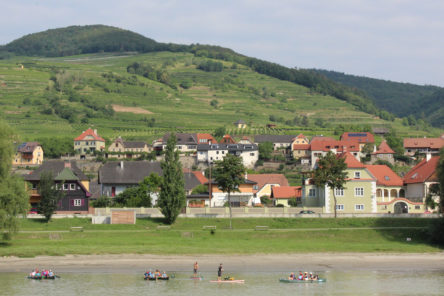







Comments are closed here.